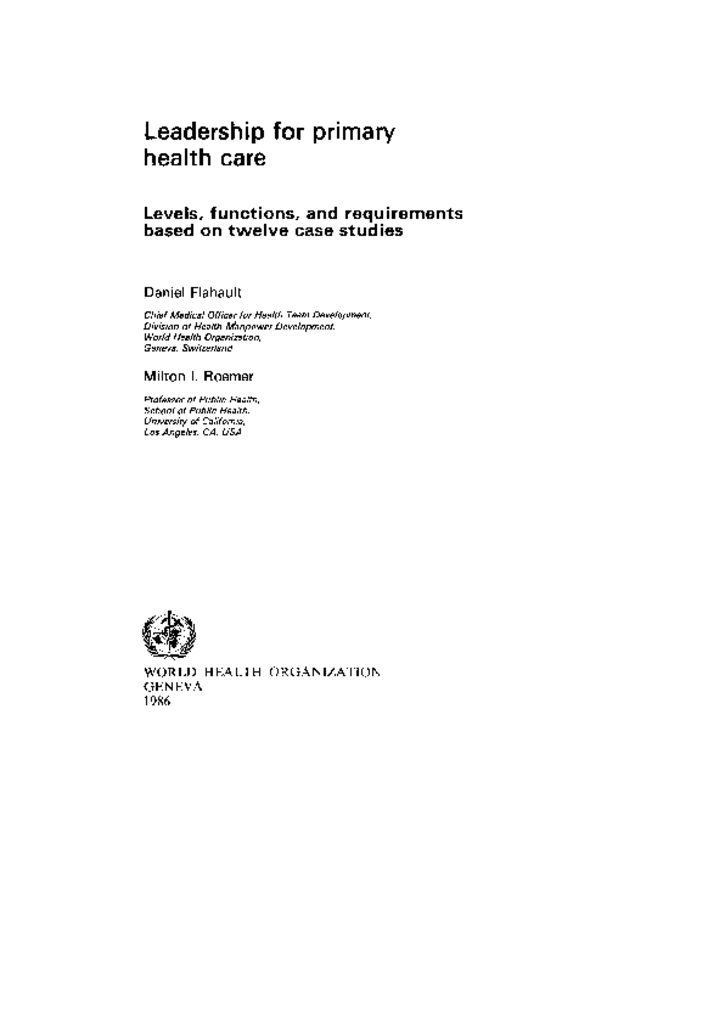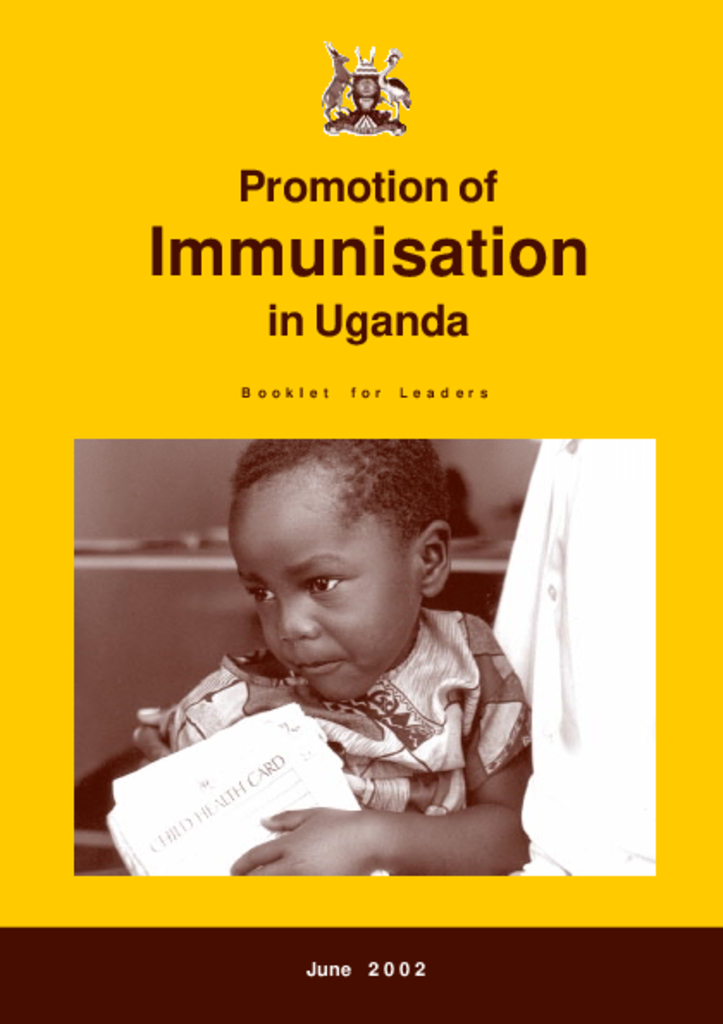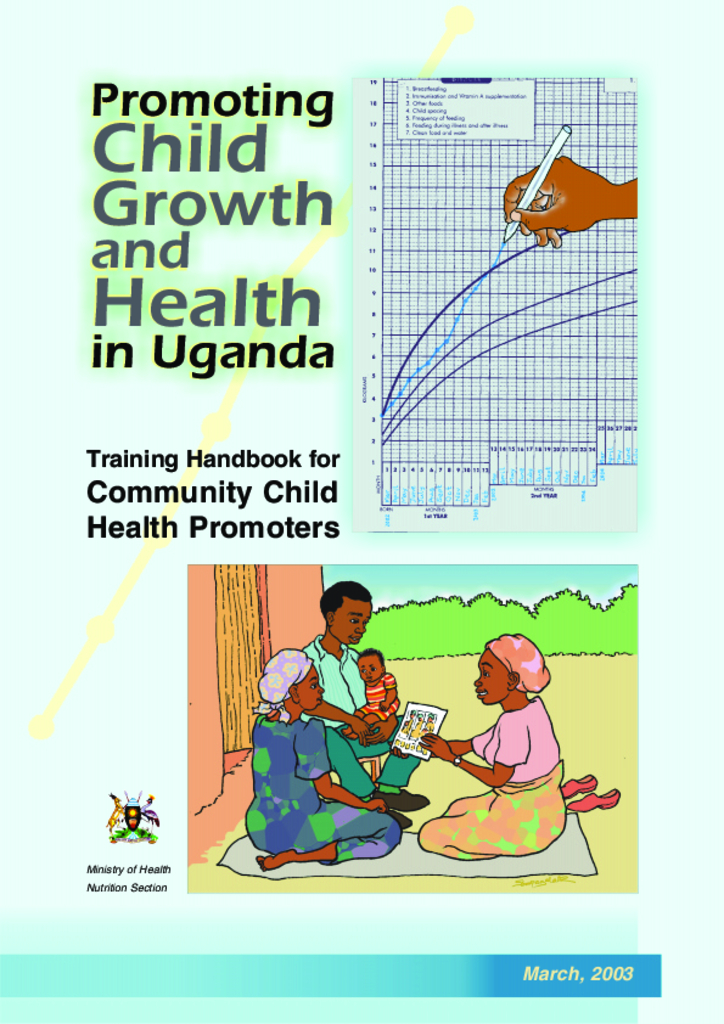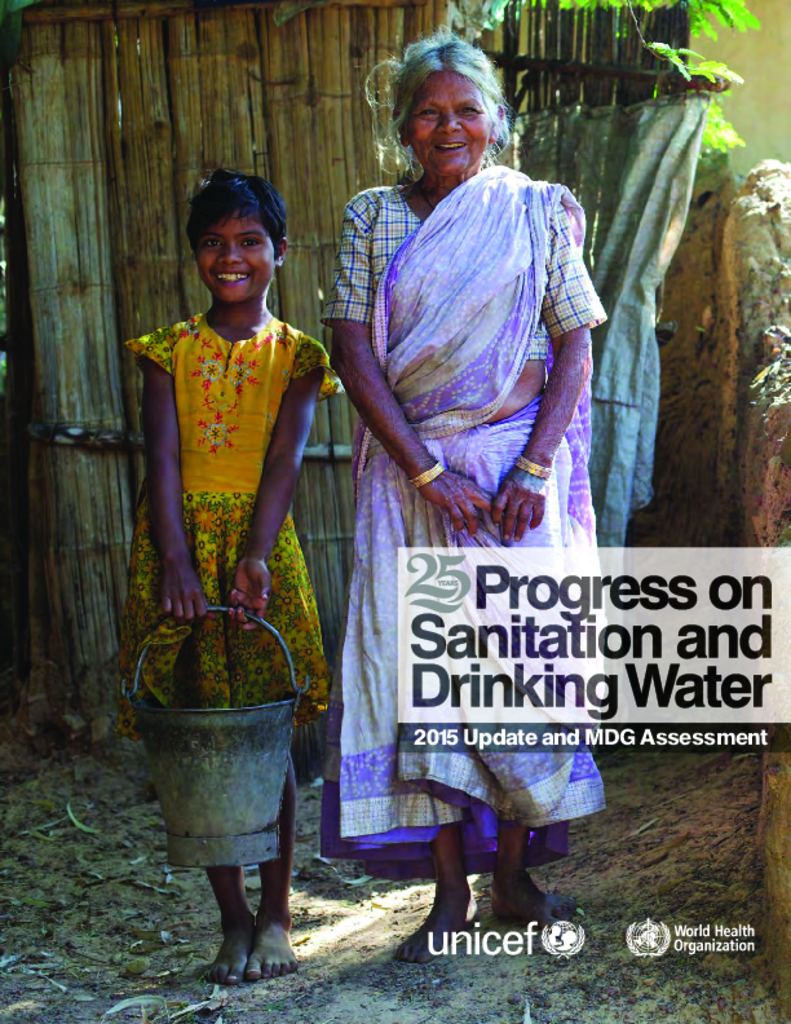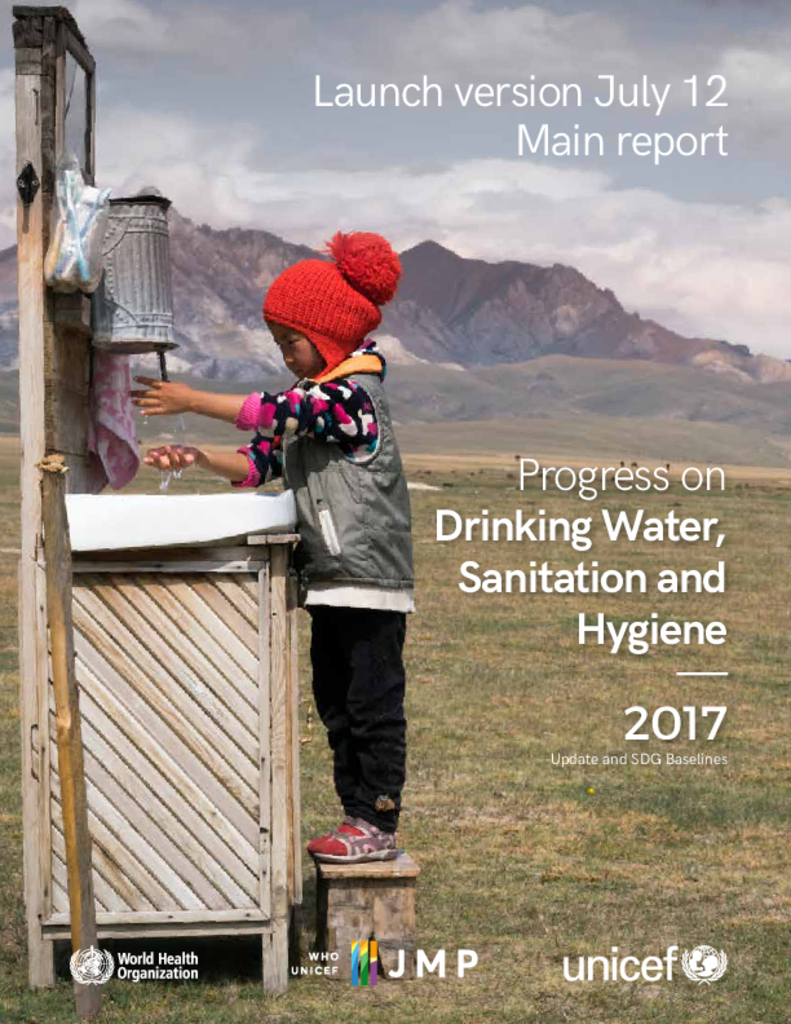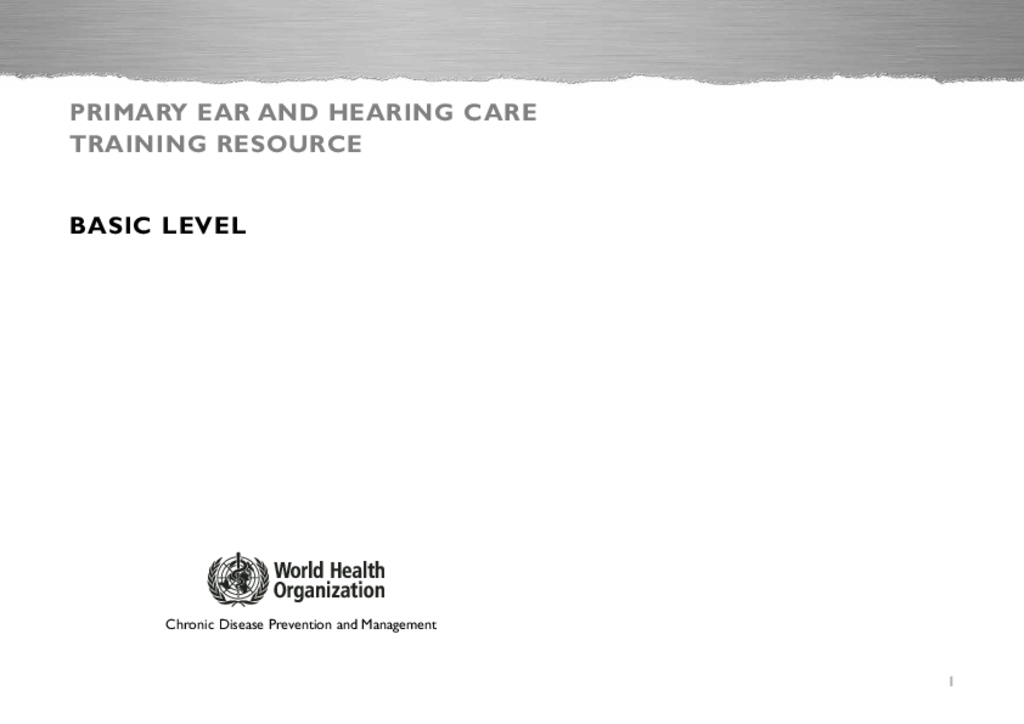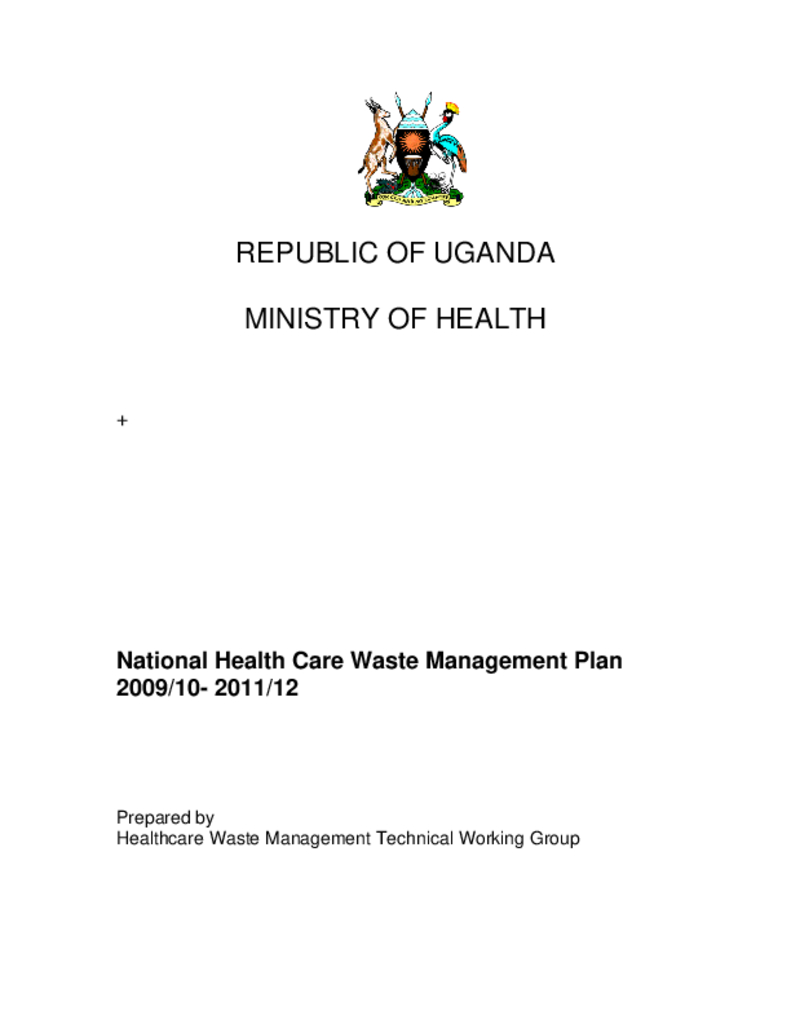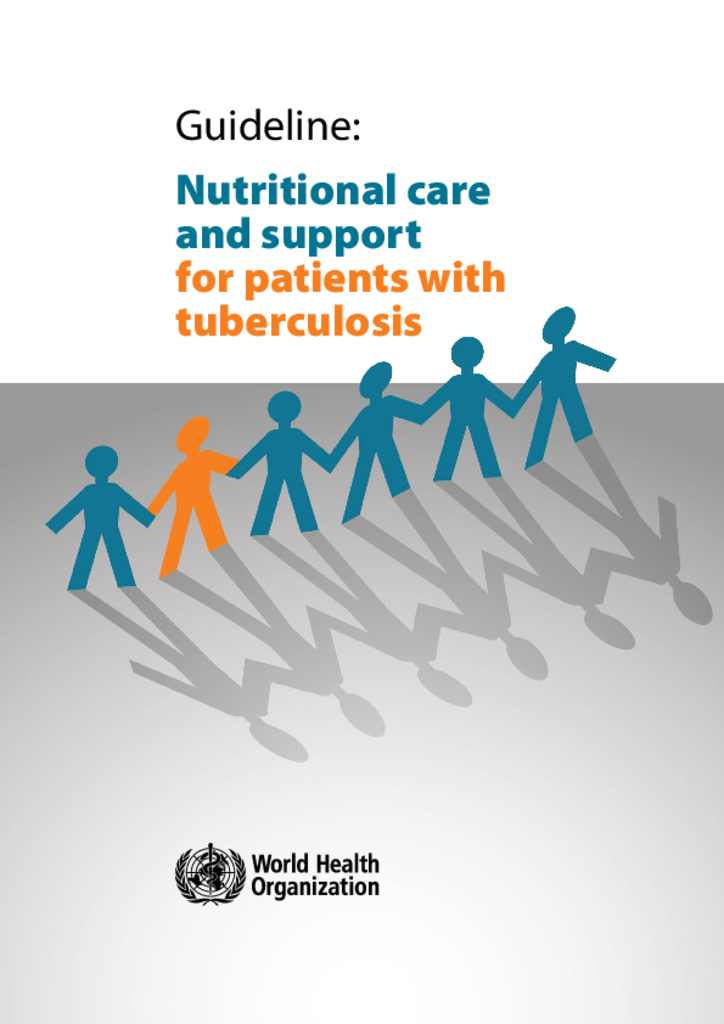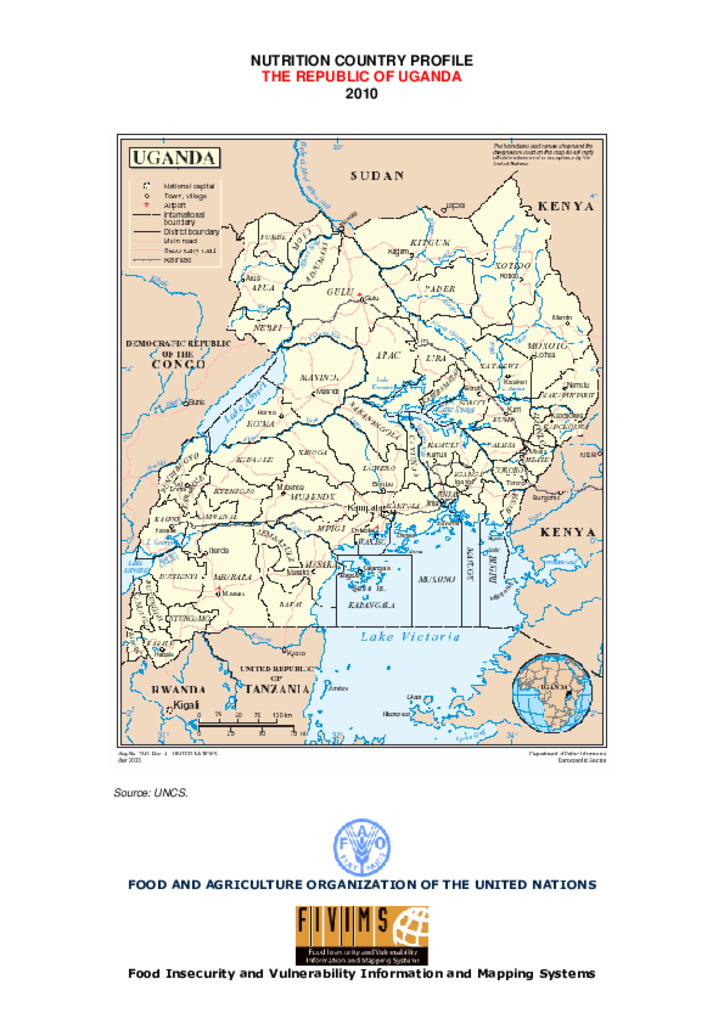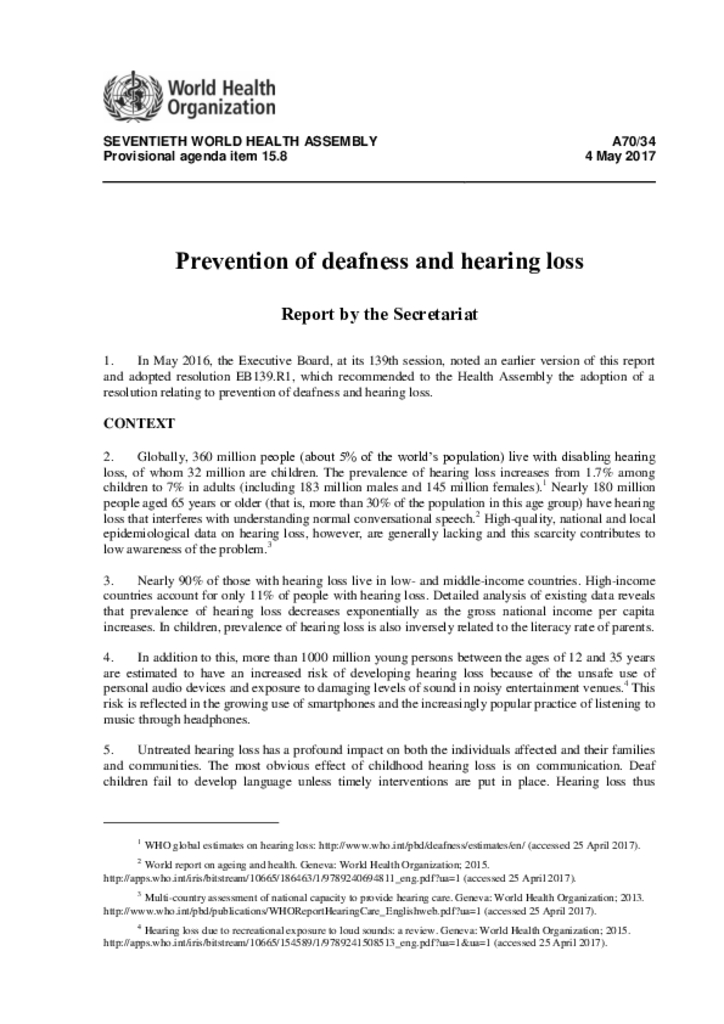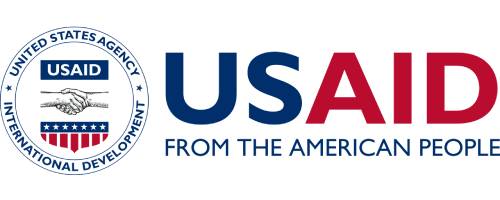The extension of Health care to all people has been an objective of the national Health systems for many years and since the Alma-Ata confrence on Primary Health Care in 1978,Countries have pursued this aim with greater vigour.
This booklet has been developed to provide basic information on immunisation for leaders to enable them mobilise their communities to promote and utilise immunisation services. The booklet explains the importance of immunisation, the childhood immunisable diseases and the roles of community leaders in promoting immunisation services. These community leaders include political, civic, traditional, religious, cultural and other opinion leaders.
This handbook is written to help growth promoters in the community do their work well in their communities. It will guide you, the growth promoter, to help caregivers keep their children healthy. You will use it during your training to be a child growth promoter, and afterward have it to refer to as you do your work.
This document offers snapshots of the Madagascar GSF experience in CLTS to a wider audience. Madagascar had all usual national level challenges that generally block or slow down the pace of scaling up of CLTS. How these challenges have been addressed and transformed into an apparently snowballing strategy has been thematically presented here.
Section A provides an overview of progress against the parameters specified in the MDG target for water and sanitation, in both urban and rural areas. It presents data for the world as a whole, and compares progress across regions. The report goes on to examine trends over the MDG period by region and by level of service. It pays particular attention to the numbers of people who have gained the highest level of service in drinking water supply – piped water on premises – and those with no service at all, who use water for drinking and practise open defecation.
The WHO/UNICEF Joint Monitoring Programme for Water Supply, Sanitation and Hygiene (JMP) has produced regular estimates of global progress on drinking water, sanitation and hygiene (WASH) since 1990. It has established an extensive global database and has been instrumental in developing global norms to benchmark progress. The JMP was responsible for monitoring the 2015 Millennium Development Goal (MDG) target 7c5 and is now responsible for tracking progress towards the 2030 Sustainable Development Goal (SDG) targets related to drinking water, sanitation and hygiene (WASH). This 2017 update is the most comprehensive assessment to date and establishes the first global baseline estimates for SDG targets 6.1 and 6.2.
The purpose of this basic level training resource is to assist with the training of primary ear and hearing workers in developing countries, especially focused on Village Health Care Workers. The role of the village health care worker is vitally important for the prevention of ear and hearing disorders. An important role for the trained village health care worker is to help the patient, family and community to understand common ear diseases and hearing loss.Through this training resource, the village health care worker will be taught when to refer the patient for treatment and support. This resource covers basic methods for prevention and recognition of common ear disease and hearing loss. It also shows that, with understanding and the necessary support, people with hearing loss can play productive roles in the household, school or in the work place.
The National Healthcare Waste Management Plan identifies several opportunities and activities to advance HCWM in Uganda.
Undernutrition increases the risk of tuberculosis (TB) and in turn TB can lead to malnutrition. Undernutrition is therefore highly prevalent among people with TB. It has been demonstrated that undernutrition is a risk factor for progression from TB infection to active TB disease and that undernutrition at the time of diagnosis of active TB is a predictor of increased risk of death and TB relapse.
This Nutrition Country Profile of the Republic of Uganda was prepared by Dr. Joyce Kakuramatsi Kikafunda, Associate Professor of Food and Nutritional Sciences at the Department of Food Science and Technology, Faculty of Agriculture, Makerere University, Kampala, Uganda, in collaboration with Estelle Bader, Giulia Palma and Maylis Razès, Consultants, and Marie Claude Dop, Nutrition Officer, Nutrient requirements and assessment group, Nutrition and Consumer Protection Division, Food and Agriculture Organization of the United Nations.
Globally, 360 million people (about 5% of the world’s population) live with disabling hearing loss, of whom 32 million are children. The prevalence of hearing loss increases from 1.7% among children to 7% in adults (including 183 million males and 145 million females).1 Nearly 180 million people aged 65 years or older (that is, more than 30% of the population in this age group) have hearing loss that interferes with understanding normal conversational speech.2 High-quality, national and local epidemiological data on hearing loss, however, are generally lacking and this scarcity contributes to low awareness of the problem.3

